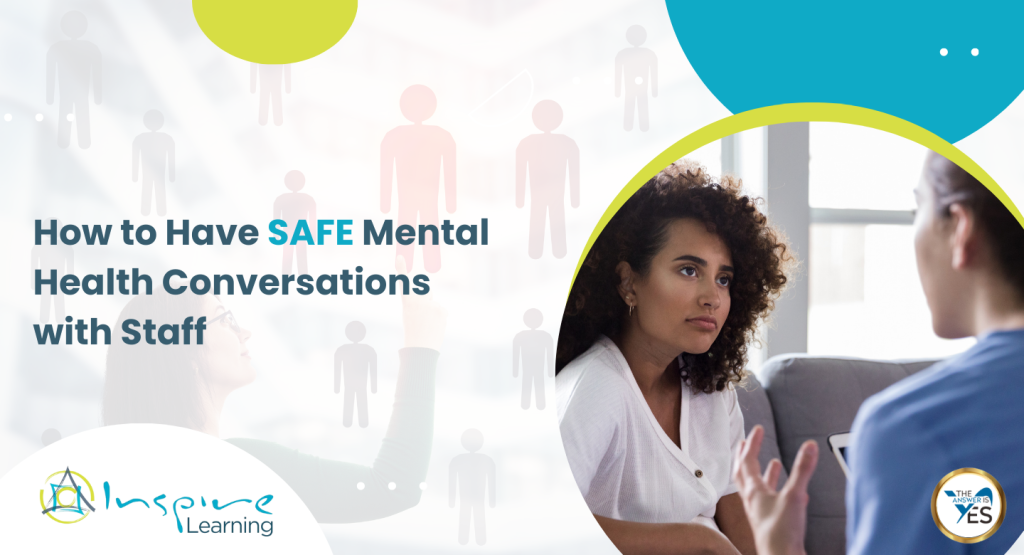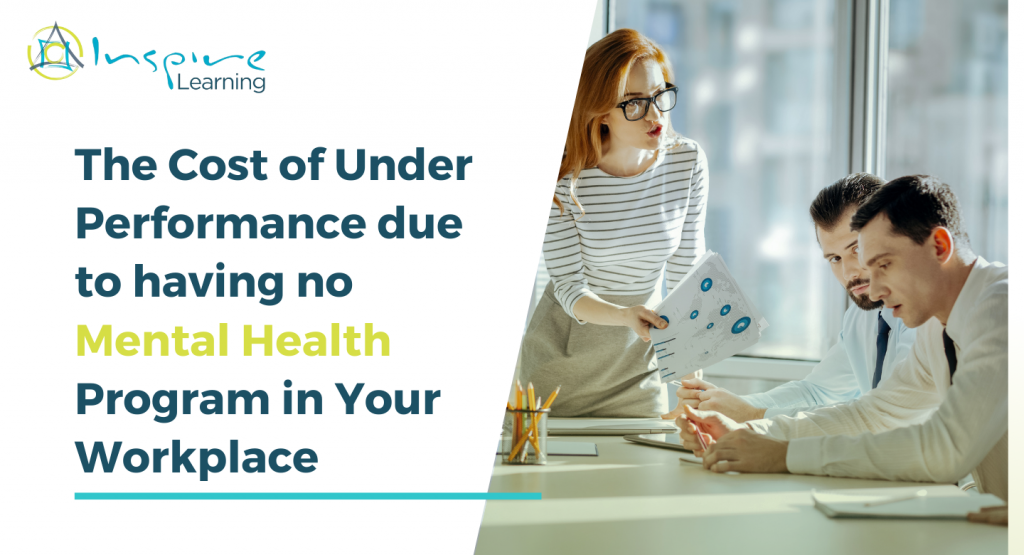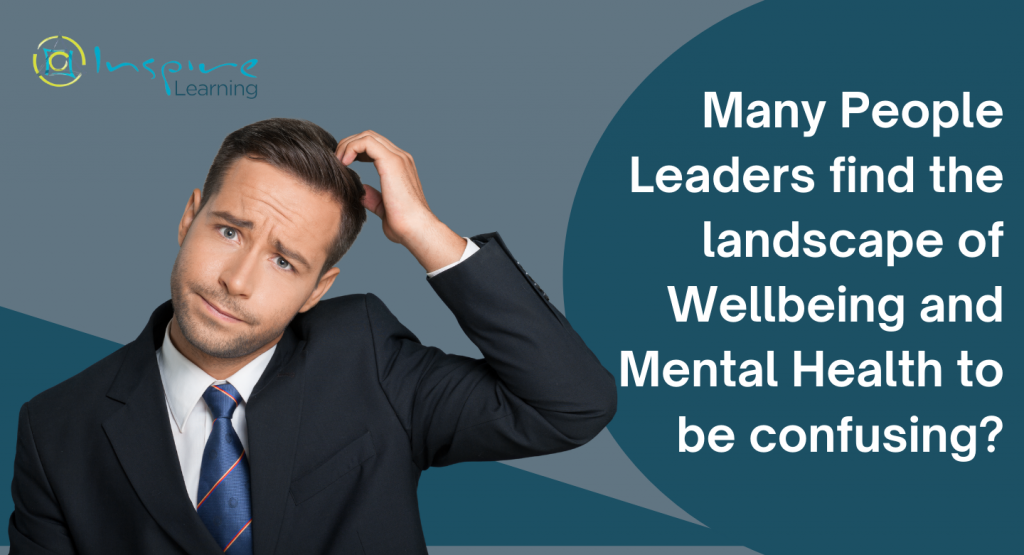
How to Have SAFE Conversations with Your Staff
Empower Leaders
SAFE Conversation skills empower leaders and managers to discuss mental health and wellbeing with their teams
We help your People Leaders, Managers and Team Members to have wellbeing and mental health SAFE Conversation with empathy and without offending.
As a Human Resource Manager or a Leader your workload is significantly increased at times, because your People Leaders and Managers aggravate or escalate people issues.
You want to improve the people skills of your Leaders and Managers to have mental health SAFE conversations with their team members. Staff members both remote or in-office/on-site. Perhaps you have tried to give it a go but there is too much pushback and resistance.
That’s ok. With our evidence-based and highly effective SAFE Conversation program, your Managers will want to take a more proactive approach to the Mental Health Safety of their team members. Subsequently this will improve your employer brand and employee engagement.
Mental Health Crisis
Prior to the Covid-19 pandemic – diagnosable mental illness has been at levels in Australia of 1 in 5 [ABS 2013]. This number has risen substantially as this pandemic refuses to be tamed globally.
The magnitude and severity of mental health problems are now at least twice as prevalent as they were in pre-pandemic circumstances. In Australia, the prevalence of clinically significant depressive symptoms is running six times higher than that usually found, with an eightfold increase in suicidal ideation [Medical Journal of Australia 2020].
In research conducted by Inspire Learning Australia, the critical skill today’s leaders and managers are needing, is the combined ability to be able to identify mental health challenges impacting work performance and then to empathically speak to their team about these challenges, without offending, insulting, shaming or blindsiding those in question.
Australian leaders have a duty of care to their on-site staff, their remote teams and themselves to do this.

People Leaders
Many People Leaders find the landscape of Wellbeing and Mental Health to be confusing.
However, one useful theme is to think of them as two ends of a continuum. This is not the latest science, but it does help as a starting point.
Some companies will do Wellbeing because it is ‘groovy’ but ignore the more ‘stigmatised’ mental health. However, the ABS data is that there are over 20% of people experiencing a diagnosable mental illness each year and these people are in your workforce.
Many Senior Leaders are taking a very shallow perspective of Wellbeing. They think that if the company provides fruit bowls, yoga, yoghurt and an EAP [Employee Assistance Provider service] – then tick – job done.
This is an old paradigm and very risky business strategy.
Gallup have found from their research of more than 100 million Gallup global interviews, “Increasingly, leaders and managers must support mental health and cultivate resilience in employees – not just increase engagement and performance.”
Questions to Answer
Here are some additional SAFE Conversations questions that you might like to consider –
- Do you as a leader have a strong meaning and purpose in your work? Have you developed this with your team as well?
- Do you bounce forward from negative work and life experiences? Or is there a wake of stress and chaos from you?
- Do you know how to identify your own stress triggers and regulate your emotions to stay calm and not attack others with your anger, or attack yourself and become withdrawn and insecure?
- Do you avoid getting triggered by other people and you choose to work collaboratively with others?
- Do you look after your physical health consistently through eating well, exercising well and sleeping well?
- Do you work on improving your planning and systems, and reduce the impact of unplanned events?
Under Performance
The Cost of Under Performance due to having no Mental Health SAFE Conversation Program in Your Workplace
The reality of not implementing a mental health program in an organisation is that it costs a business more by not implementing than it does if they did implement. Many may currently be feeling uncertain, productivity with increased negativity, criticism, withdrawn, complaining, disengaged, moody, many feeling that work is just a job and a chore.

Case Study
Your organisation is compromised of you the Chief Executive Officer, you have two team leaders who operate a team of 5 people each.
- Your salary is $300,000.
- Your Team Leaders earn $120,000
- The rest of the team average around $70,000 per year
If each staff member is suffering from anxiety (anxiety is worrying about the future), then productivity will drop on average by 10%. This drop in productivity will cost your company about $124,000.
Let’s say two staff members (one team leader and a team member) have left due to the increase in negativity and criticism in the workplace. Staff turnover and retraining of new staff members costs you another 10% of their salary costs that is a further $19,000 to recruit and retrain along with lost productivity while retraining.
One staff member was moody with a customer and that customer complained and plastered it all over social media. Your business reputation has taken a beating. The cost of further marketing and damage control has been significant.
Your Human Resource Manager is fielding complaints about internal bullying so you need to look at training your leaders…. S.A.F.E. Conversations.


